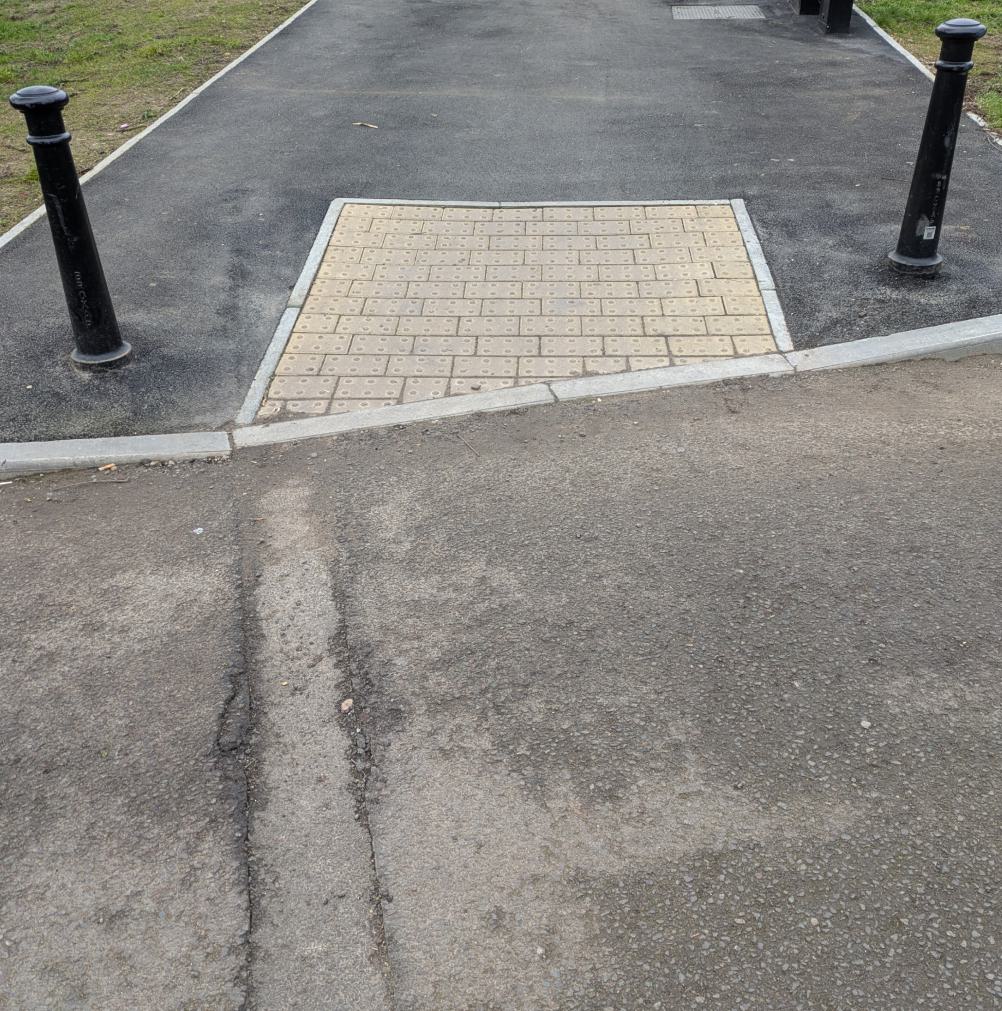What is the curb cut effect?

For those of you who are in the UK then a curb cut is what we call a dropped kerb, and you have probably walked over them a million times but perhaps you’ve never pondered their importance or even how this humble piece of urban street furniture is a phenomenon.
The curb cut effect highlights how inclusive design can lead to unexpected benefits for a much wider population, not just the initially targeted group. It is actually seen as a phenomenon rather than just a theory or an idea, as it has been observed and documented in various contexts.
It's named after the indentations found in pavements (sidewalks in the US) that create a small ramp making it easier for wheelchair users to navigate the urban landscape and while curb cuts were initially created for wheelchair users, they quickly proved useful for others as well. Parents pushing strollers, people with luggage, delivery workers and even cyclists appreciate the smooth transition from street to pavement.
The curb cut effect extends beyond physical infrastructure.
- Closed captioning on television: Originally intended for deaf and hard-of-hearing viewers, is now used by people watching TV in noisy environments, learning a new language or who may have a neurodiversity. Many people watch videos on their phone whilst on the bus, or in a quiet office (but not during work hours, right).
- Text-to-speech software: Developed for people with visual impairments, but it is now used by drivers who need to keep their eyes on the road and even those with learning disabilities like dyslexia
- Voice assistants like Siri and Alexa: These were initially developed with accessibility in mind, to help people with motor difficulties interact with technology; however, they are used by millions of people for everything from setting reminders to controlling smart home devices.
- Keyboard shortcuts and navigation: Initially developed to help people with motor difficulties, these shortcuts also speed up workflow for anyone, increasing efficiency and productivity.
The curb cut effect is a powerful reminder that when we design for the most vulnerable members of society, we often create solutions that make life easier for everyone. That is the power of inclusive design in a nutshell.
Equality gives everyone the right to ride on the bus. Equity ensures that there are curb cuts so people in wheelchairs can get to the bus stop and lifts so they can get on the bus, and ensures that there are bus lines where people need them so they can get to wherever they need to go. Equity means promoting just and fair inclusion throughout society and creating the conditions in which everyone can participate, prosper, and reach his or her full potential.
Angela Glover Blackwell, ‘The Curb-Cut Effect’ published 2017 Stanford Social Innovation Review
Whilst the concept of the curb cut effect has been around for a long time, the phrase itself was popularised by Angela Glover Blackwell in her 2017 article for the Stanford Social Innovation Review titled "The Curb-Cut Effect."
It may have been penned eight years ago, but it is a fabulous article which we encourage you to read. It really provides a deep insight into social issues beyond the humble cropped kerb.
Article by Simon Leadbetter
The Accessibility Guy at Kindera
